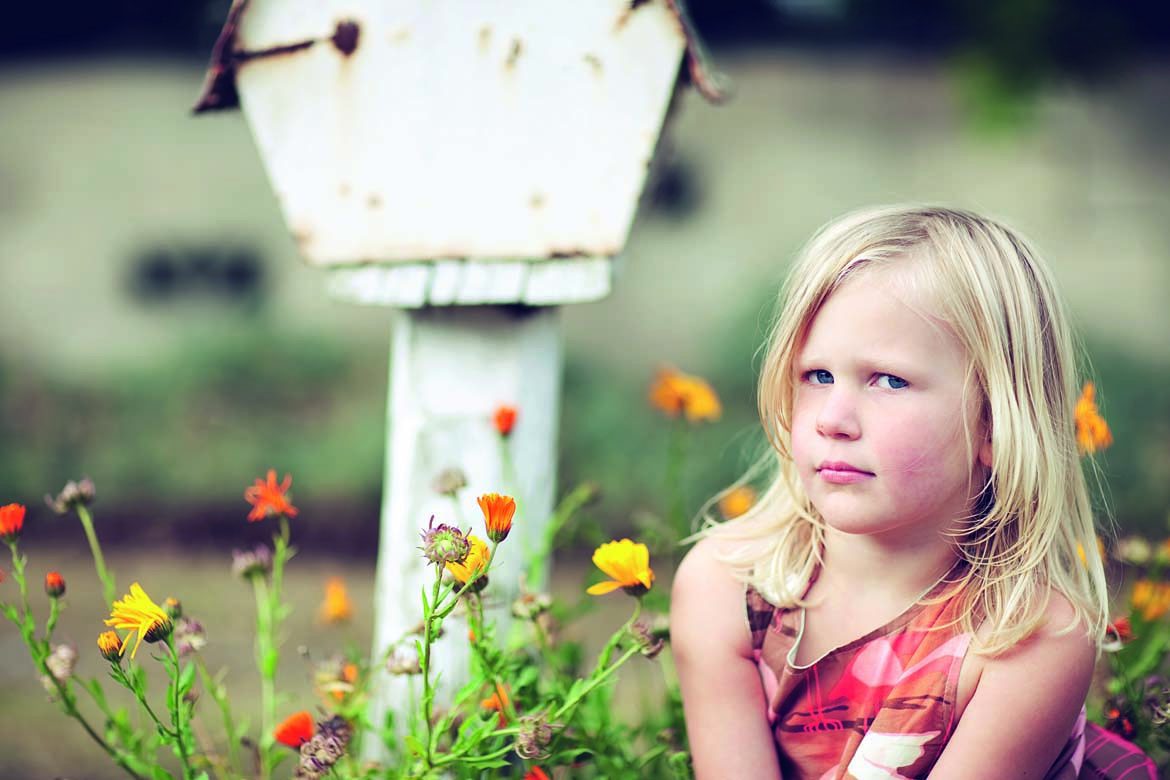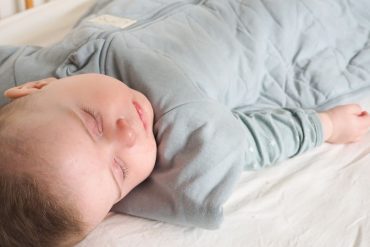Re-published with permission by Mona Delahooke from The Visible Parent
Rose’s parents and teachers were concerned about how to help her find success in kindergarten. Sometimes she went with the flow but at other times Rose fussed so much that she disrupted the whole class.
Then her teachers devised a plan that everyone thought would help. They designated a small, separate section of the classroom as the “reset room,” a place where Rose could escape for a few minutes when she felt out of control or when a teacher felt she needed calming.
When her mom noticed a scratch on Rose’s cheek after school one day, the teacher explained that Rose had become so frustrated when asked to sit in the reset room that she had scratched her own face. Both teacher and mom were shaken and confused, unsure what to try next.
To be sure, it’s difficult for parents and professionals to manage disruptive behaviors. When a child who seems able to discern “good” and “bad” behaviors suddenly overturns furniture in a classroom or living room, adults can feel perplexed and concerned.
As someone who has witnessed hundreds of such situations, I understand the pain and bewilderment. I worry about the stress it causes for children and caregivers alike. But I’m just as concerned about the use of outdated methods such as time-out rooms.
These practices defy current neuroscience and what we know about the caring for the mental health of young children. It’s frustrating that what neuroscientists tell us about calming the human brain and body has not yet reached parents or many professionals in meaningful ways.
Here’s why it’s a bad idea to put children in time-out rooms or otherwise deny them meaningful contact with others.
Persistent disruptive, challenging, or defiant behaviors are, in most cases, a stress response to a situation in which expectations or requirements exceed a child’s available resources. Mainstream approaches to managing such behaviors assume that the child is intentionally trying to get attention, get out of doing something or just needs to settle down independently. But it’s a false premise that children can best calm down on their own. Most young children with persistent disruptive behaviors do not yet have this capacity.
Looking beneath the surface of behaviors, we find that most often, children with the most disruptive behaviors are the most vulnerable, and the ones whose automatic response is to go into a “fight or flight” mode. Enter the well-intentioned adults who want to help a child who constantly fights or flees. Logic tells us to separate the child from the well behaved kids so the child has space to collect himself and then reflect on his or her choice to misbehave. For many children like Rose, though, separation doesn’t teach a lesson, but rather exacerbates the stress response, creating more of a problem.
What children need instead is compassionate understanding through relationships and contact tailored to the individual needs of each child. Since supportive relationships build psychological resilience, they should be at the center of our approaches to helping children manage their behaviors and emotions.
When a child displays persistent disruptive behaviors it’s a clue that she needs a different type of support from the environment. She needs loving adults to be investigators to see what is happening below the surface of the behaviors. We can help children by turning reset rooms into relationship rooms, where adults compassionately decipher how to help the child return to calmness in mind and body. If we can find out what triggered the child into the disruptive behaviors, we can address what caused the behaviors in the first place.
Remember:
- Persistent disruptive behaviors are likely a stress response. We need to understand the difference between a child who is experiencing a stress response and one who is purposefully misbehaving (most will be the former).
- Supportive adults can redefine their role from teaching the child why the behaviors were inappropriate (as the first line of defense), to helping the child calm down and feel connected through warmth and engagement.
- When we prioritize human connection that promotes states of calm and well-being, we prioritize emotional co-regulation (becoming calm with the help of another) before self-regulation (becoming calm on one’s own). Emotional co-regulation with loving caregivers sets the framework for emotional self-regulation later in life.
Consider the idea of repurposing calm-down rooms or time-out rooms as relationship rooms. Let’s use what we know about emotional resilience from neuroscience and bring that knowledge into our classrooms and living rooms.
You can find the original article here, and find more from Mona and The Visible Parent on her Facebook page, where she posts helpful resources for parents and professionals.











